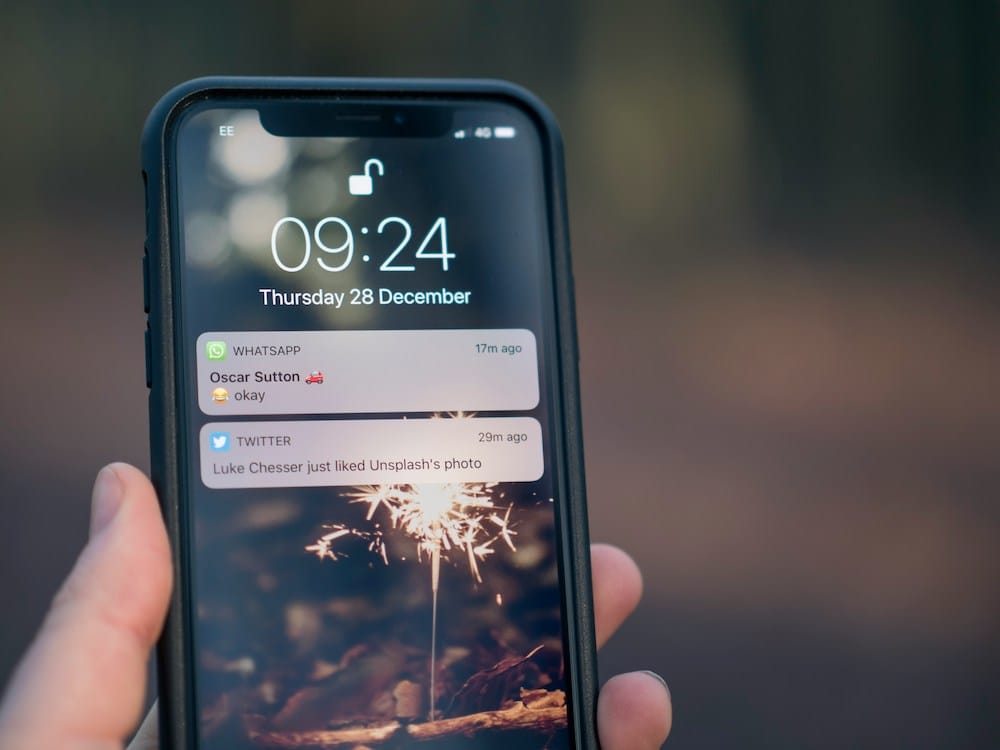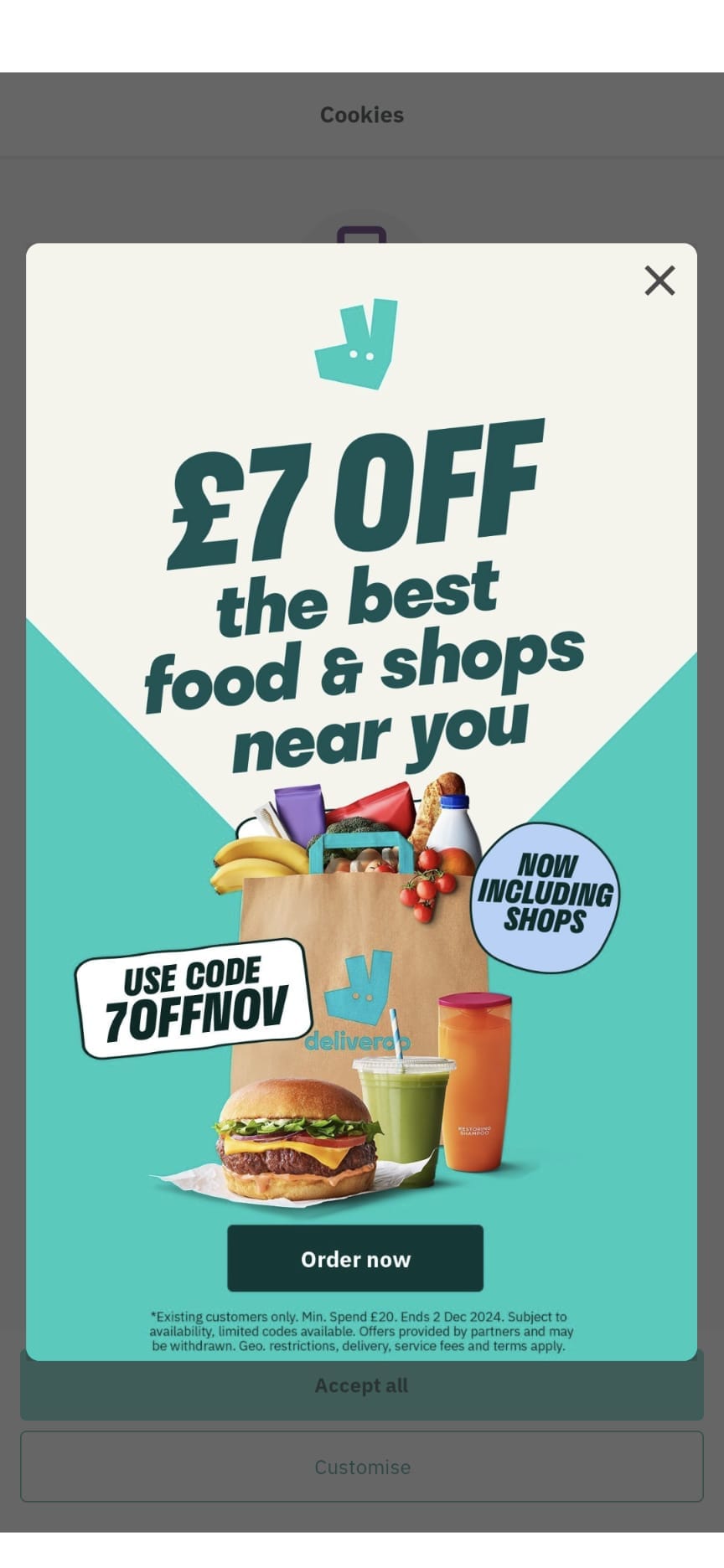Effective Push Notification Strategy
Push notifications are an essential part of an omnichannel marketing strategy. Learn effective push notification strategies that you can adopt to help you increase product adoption and user retention.

With an average opt-in rate of 81% for Android devices and 51% for iOS, Push notifications are an essential part of an omnichannel marketing strategy.
When done right, push notifications help deliver important messages, remind users why they signed up on your platform, help them make the most of features, and increase user engagement and retention. But like any tool, push notifications need a strategy to make an impact without becoming a nuisance.
In this write-up, I will discuss effective push notification strategies that you can adopt to help you increase product adoption and user retention.
Here are the topics we will cover:
- What is a Push Notification?
- What’s the difference between Push Notifications and In-app Messages?
- Why does SaaS need Push Notifications?
- Characteristics of an effective push notification
- Challenges of Push notification
- Conclusion
What is a Push Notification?
Push notifications are brief, clickable messages sent to users' devices that appear on the lock screen and are added to the notification centre. These messages appear as alerts on the device's screen and can contain various content, from reminders to new updates, promotional offers, and personalized messages.

Push notifications can be sent to users as long as they have the related app installed and push notifications enabled on their devices.
One advantage of push notifications as a marketing strategy is that you can send messages without requiring the user to provide any contact information.
Push notification is sometimes mistaken for in-app message notification, before we go further, let's look at the difference between the two concepts.
Difference between Push Notifications and In-app Messages?
The main difference between push notifications and in-app messages lies in where and when they are delivered:
Push Notifications: Push notifications are sent to users even when they’re not actively using the app or website. They appear on the device’s home screen or notification centre, allowing businesses to re-engage users and draw them back into the app or site.
In-App Messages: In-app messages are displayed only when users are actively using the app or website. They don’t appear outside the app, so they’re ideal for providing real-time guidance, feature updates, or special offers while users are already engaged.

Why does SaaS need Push Notifications?
Push notifications extend beyond information distribution. They offer other advantages, such as increased user engagement, act as reminders, and motivate users to explore new product features and spend more time within your SaaS product.
Characteristics of an effective Push Notification Strategy
- Personalization
The more personalized a notification message feels, the more likely users will find it relevant. Address users by name or tailor the message based on their activity within the application.

You might also be interested in How To Use Behavioral Data to Drive Relevant Push Notifications Campaigns.
- Timing
Timing is everything. Sending push notifications when users are active or have interacted with the app recently will make them more likely to engage. Avoid disruptive times and consider sending push notifications that are triggered by user actions.

- Content Value
Push notifications should offer users something valuable: a tip, a reminder, or an exclusive offer. If users don’t see the value, they’re more unlikely to stay engaged.

- Frequency
Notifications can quickly become too much of a good thing. Send relevant messages, but avoid overwhelming users. Test different frequencies to see what your audience prefers.
- Segmentation
Group users based on behaviour, subscription type, or app engagement level. This helps deliver relevant notifications to each user group, like sending onboarding messages to new users and subscription renewal messages to long-time subscribers.
Challenges of Push notification
As seen above, push notifications offer significant benefits to SaaS companies, but they also come with several challenges that can impact user experience and effectiveness if not managed properly:
Below are some of the difficulties associated with push notifications:
- Notification Fatigue: Too many push notifications can overwhelm users, leading to annoyance, disengagement, or even app uninstalls. Users often ignore notifications if they feel overwhelmed, which defeats the purpose of keeping them engaged in the first place.
One way to avoid this is to prioritize quality over quantity by sending fewer but high-quality notifications that provide value. - User Permission and Opt-Out Rates: Since push notifications require user consent, many users may choose to opt out, especially if they perceive notifications as spammy or unnecessary. High opt-out rates can limit the reach of your push notification strategy.
To reduce the Opt-out rate, seek users' permission to be sent notifications and clearly explain the benefits and value they stand to get if they opt-in to receive your push notifications - Technical Issues: Technical errors, such as delayed or duplicate notifications, can lead to a poor user experience. Misconfigured systems or network issues can result in messages being sent at an inconvenient time or in unintended frequencies.
Use a push notification service provider that offers reliable message delivery and error handling. Also, try to constantly monitor systems for latency issues, duplicate messages, or delivery failures. - Limited Space and Engagement: Push notifications need to be concise, which limits the amount of information that can be communicated. Crafting impactful, engaging messages in a short format is challenging, and there’s a risk that users may not fully understand the message.
With the limited space, focus on writing concise messages with strong calls-to-action (CTAs). - Privacy Concerns: Users are increasingly aware of privacy and data usage. If push notifications feel too invasive or reveal too much user data, they may deter users, especially if they feel their privacy is compromised.
Be upfront about what data is being collected and how it is used to tailor notifications. Include a clear explanation in your app’s privacy policy.
Conclusion
Push notifications are a powerful way to stay connected with users and help them make the most of your SaaS product.
An effective push notification strategy involves personalizing the messages with valuable content and being well-timed, which is vital to keeping your users engaged and retained on your platform.
Engage makes it easy to implement a successful push notification strategy that is personalized based on user attributes and actions performed on your platform.